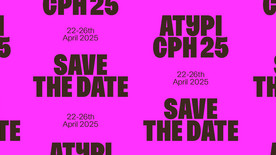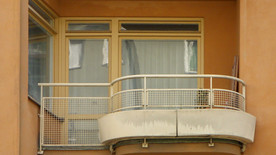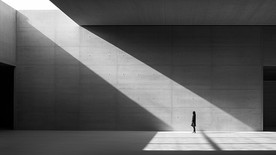
A Tactile Guidebook of Amager Fælled

The guidebook takes readers through a haptic-journey through the spaces of Amager Fælled. It communicates three-dimensional spaces through tactility and new ways of using conventional book design elements.
It questions the role of an architectural book as a monograph - the means through which an architect presents their designs as a model to other architects.
Monographs rely heavily on ocular-centric to communicate architectural designs. While a monograph contains form and materiality because of the nature of a book, they are metaphorically and quite literally ‘flat’ representations of a three-dimensional space. There seems to be potential to communicate a piece of architecture in more depth through engaging new ways of using conventional book design elements.
"A book is a sequence of spaces."
- SECOND THOUGHTS, Ulisses Carrión
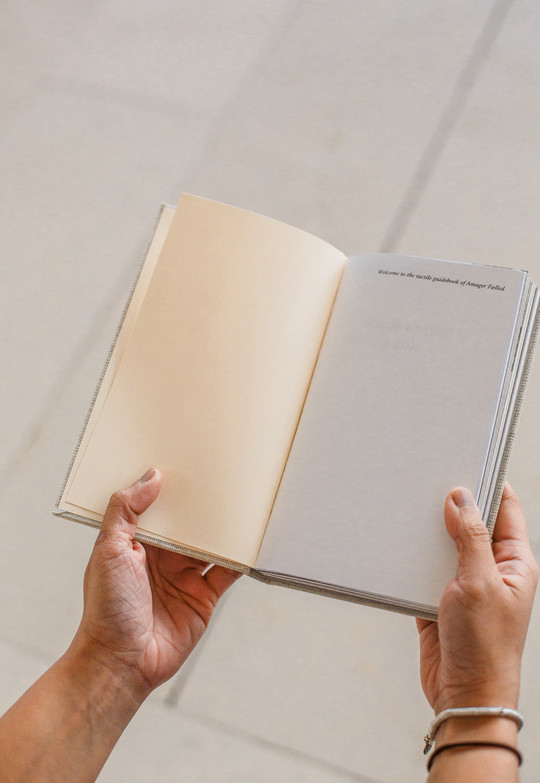
Layout
Observations from site visits are typically recorded through conventional architecture drawings such as the plan, section, elevation and diagrams.
This book attempts to record these same observations through a different mode of visual representation: conventional book design elements. Translation of site observations into conventional book design elements such as typography, layout grid, paper choice.



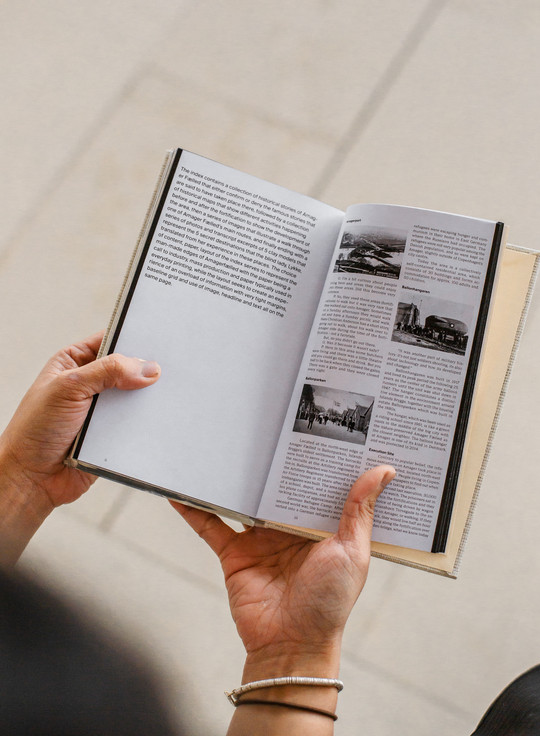

The Book as a Map
The act of Rotating, Flipping, Folding and Tearing a map.
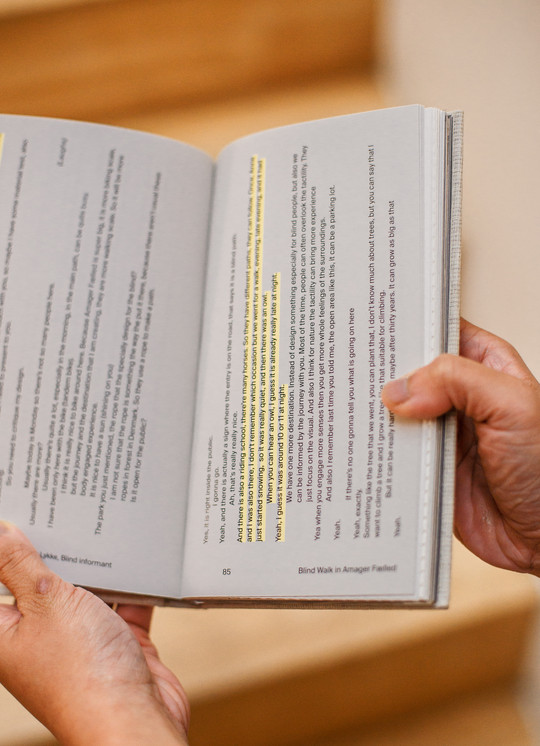

Title Pages
Paper choices physically discern content talking about the natural environment and built environment within the book.

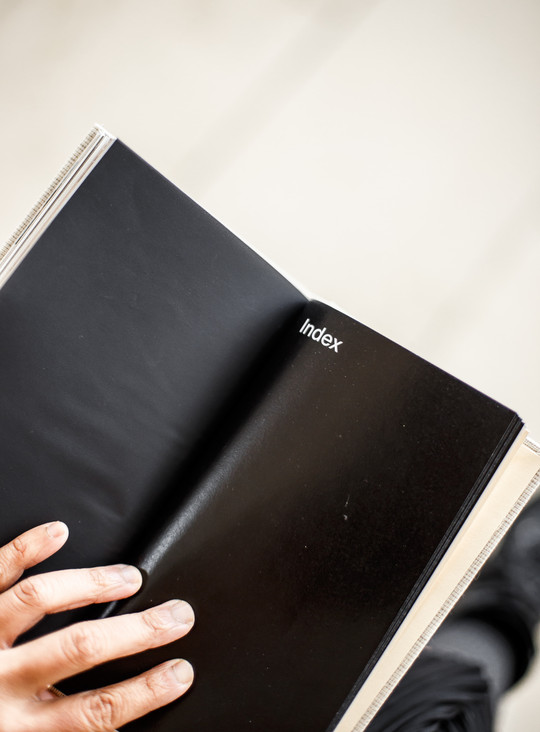
Destinations
Destinations that are off the beaten track in Amager Fælled are sprinkled throughout the book represented in different layouts, paper types and typographic choices
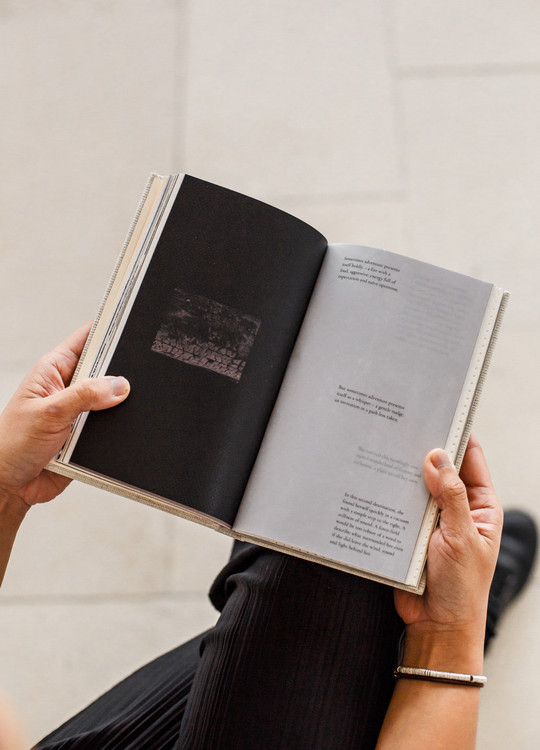
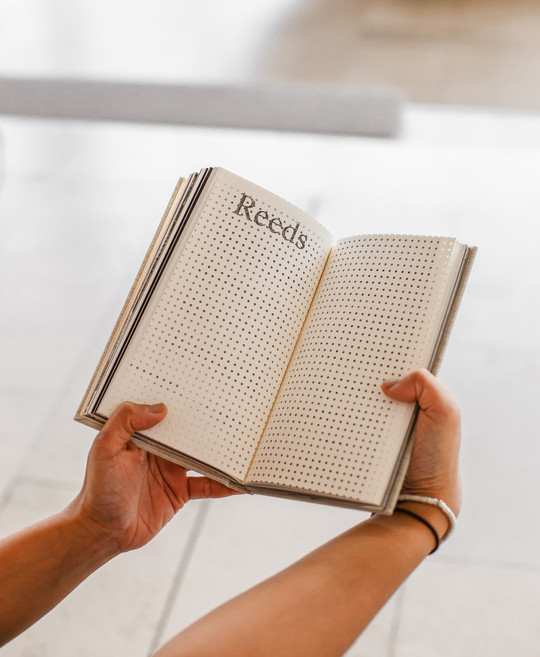



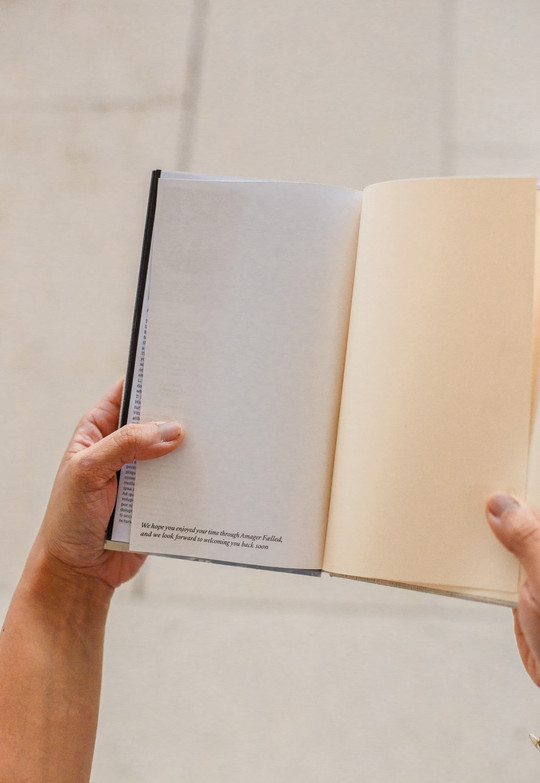
Det Kongelige Akademi understøtter FN’s verdensmål
Siden 2017 har Det Kongelige Akademi arbejdet med FN’s verdensmål. Det afspejler sig i forskning, undervisning og afgangsprojekter. Dette projekt har forholdt sig til følgende FN-mål












